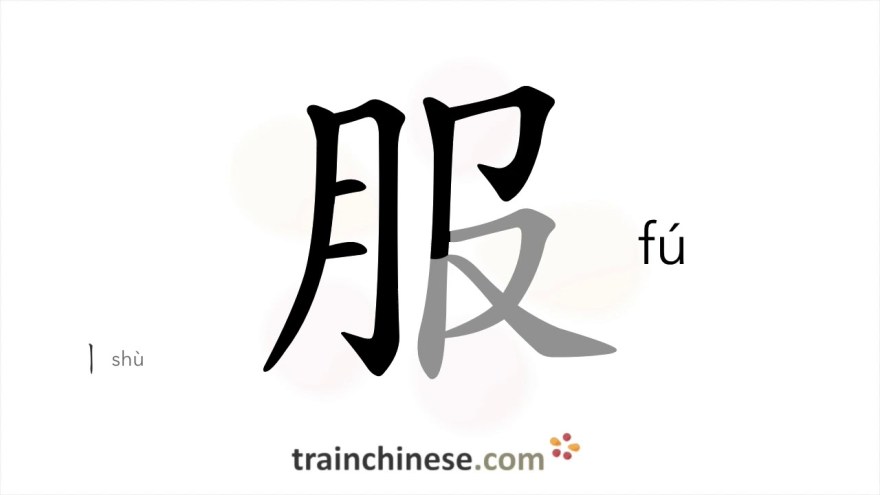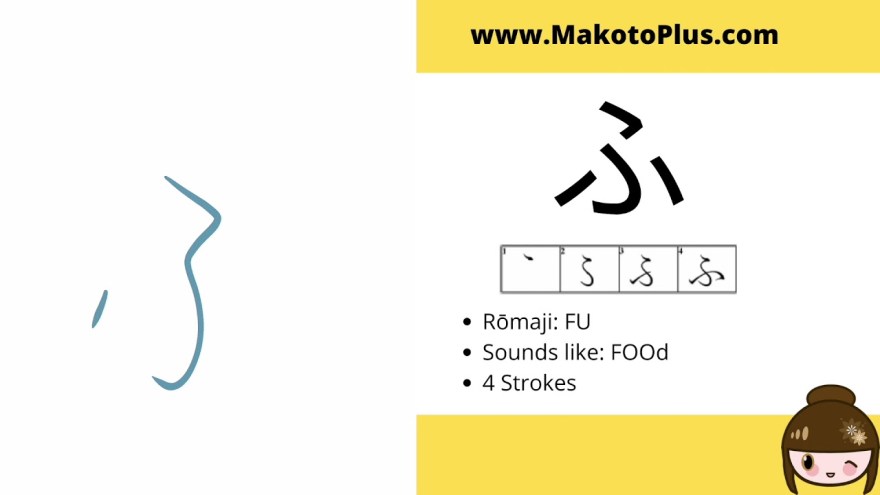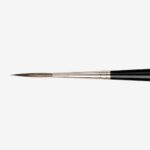Master Chinese Characters With Fu Stroke Order: Boost Your Learning With Clear Stroke Guidance
Fu Stroke Order: The Art of Chinese Calligraphy
As a blogger who loves to explore and share interesting things about art and culture, I cannot resist the beauty and elegance of Chinese calligraphy. One of the most fascinating aspects of Chinese calligraphy is its stroke order. Every stroke in a Chinese character has to be written in a specific order, and mastering the stroke order is essential for producing a beautiful and harmonious calligraphy piece. In this article, I am going to share my experience and insights into the Fu stroke order, one of the most important stroke orders in Chinese calligraphy.
What is Fu Stroke Order?
Fu is one of the most common characters in Chinese calligraphy, and it has a special stroke order that is widely recognized and practiced by calligraphy enthusiasts. The Fu stroke order consists of eight strokes, starting from the horizontal stroke on the top, followed by two vertical strokes, two diagonal strokes, a horizontal hook, and two final horizontal strokes. The Fu character is often associated with good luck, prosperity, and blessings, and it is commonly used in Chinese New Year decorations, calligraphy artworks, and other cultural activities.
2 Picture Gallery: Master Chinese Characters With Fu Stroke Order: Boost Your Learning With Clear Stroke Guidance


Who Created the Fu Stroke Order?
The origin of the Fu stroke order is not clear, but it is believed to be developed by the ancient Chinese calligrapher Wang Xizhi (303-361 AD). Wang Xizhi is considered as the father of Chinese calligraphy and his works have a profound influence on the development of calligraphy in China and beyond. He is especially famous for his cursive script, which is known for its fluidity, spontaneity, and expressiveness.
When and Where to Use Fu Stroke Order?

Image Source: ytimg.com
The Fu stroke order is not only used for writing the Fu character, but also for many other characters that share similar strokes, such as Ju (giant), Tian (heaven), and Xing (star). The Fu stroke order is also a fundamental technique for learning other stroke orders in Chinese calligraphy, as it teaches the basic principles of writing strokes in a specific sequence and direction. The Fu stroke order is widely used in Chinese calligraphy classes, workshops, and competitions, and it is an essential skill for any calligraphy enthusiast who wants to excel in the art.
Why is Fu Stroke Order Important?
The Fu stroke order is important because it teaches the calligrapher the correct sequence and direction of writing strokes, which is essential for producing a beautiful and harmonious calligraphy piece. Calligraphy is not only a form of art, but also a way of cultivating one’s personality, discipline, and aesthetics. By practicing the Fu stroke order, the calligrapher can develop a sense of rhythm, balance, and grace, which are the hallmarks of a good calligraphy piece.
How to Practice Fu Stroke Order?
The best way to practice Fu stroke order is to start with a blank piece of paper and a calligraphy Brush. Begin by studying the stroke order of the Fu character and memorizing it. Then, practice writing the character repeatedly, paying attention to the sequence, direction, and size of each stroke. Gradually, you can increase the speed and accuracy of your writing, and experiment with different styles and techniques. It is also helpful to attend calligraphy classes, workshops, or online tutorials, where you can learn from experienced calligraphers and receive feedback on your work.
FAQs

Image Source: ytimg.com
Q: What is the difference between stroke order and stroke style in Chinese calligraphy?
A: Stroke order refers to the sequence and direction of writing strokes, while stroke style refers to the shape, size, and thickness of each stroke. Stroke order is essential for producing a harmonious and balanced calligraphy piece, while stroke style is a matter of personal preference and artistic expression.
Q: Is it necessary to learn calligraphy strokes in a specific order?
A: Yes, learning stroke order is essential for mastering Chinese calligraphy. Writing strokes in a specific sequence and direction is a basic principle of calligraphy, and it helps the calligrapher to develop a sense of rhythm, balance, and harmony, which are the hallmarks of a good calligraphy piece.
Art and Techniques
Chinese calligraphy is a highly respected art form in China and around the world, and it has a long and rich history that dates back to ancient times. Chinese calligraphy is characterized by its use of brushes, ink, and paper, and its emphasis on the beauty of lines, strokes, and characters. There are several techniques and styles in Chinese calligraphy, such as regular script, cursive script, seal script, and running script, each with its own characteristics and aesthetic values.
Size, Material, and Specs
The size, material, and specs of a calligraphy piece depend on the purpose, style, and preference of the calligrapher. Traditionally, calligraphy pieces are written on rice paper or silk with a calligraphy brush and black ink. The size of the paper can range from small scrolls to large banners, depending on the context and occasion. The quality of the paper, ink, and brush also affects the final outcome of the calligraphy piece.
Tips and Tricks
Here are some tips and tricks for practicing Fu stroke order and Chinese calligraphy in general:
Start with the basics: master the stroke order and basic characters before moving on to more complex ones.
Practice regularly: set a schedule and practice calligraphy for at least 30 minutes a day, preferably at the same time and place.
Observe and learn: study the works of famous calligraphers and observe their techniques and styles.
Experiment and have fun: try different styles, techniques, and materials, and don’t be afraid to make mistakes.
Pros and Cons
Pros:
Chinese calligraphy is a beautiful and rich art form that has a long and fascinating history.
Practicing calligraphy can improve one’s handwriting, concentration, and discipline.
Calligraphy can be a form of meditation and relaxation, and can provide a sense of accomplishment and satisfaction.
Cons:
Calligraphy requires time, patience, and dedication, and may not be suitable for everyone.
Practicing calligraphy can be expensive, especially if one uses high-quality materials and attends classes or workshops.
Calligraphy may not be appreciated or understood by everyone, and may be regarded as a niche or elitist art form.
Conclusion
The Fu stroke order is an essential technique in Chinese calligraphy, and mastering it can open up a world of beauty, elegance, and creativity. Through practice and dedication, one can develop a deep understanding and appreciation of Chinese calligraphy, and use it as a means of self-expression, cultural exchange, and personal growth. Whether as a hobby, a profession, or a way of life, calligraphy has something to offer to everyone who seeks to explore the beauty and richness of Chinese art and culture.
This post topic: Stroke



